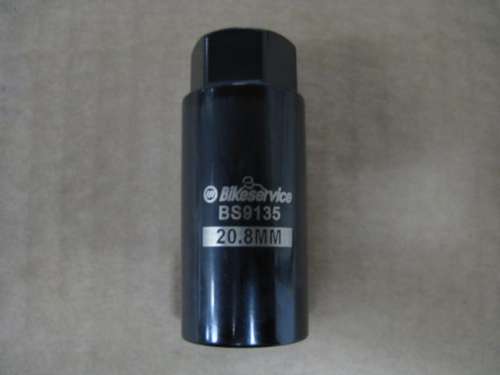Description
- R50 & R60/5 /6 /7
- R90S
- R100S /T
- R45/65 + LS 1978 > 1984
- R100 ,RS /RT /CS > 1984
Introducing the ultimate evolution in spark plug technology and performance.
Iridium IX Spark Plug
*Iridium, with a higher melting point and higher resilience to oxidation than platinum, offers a dramatic increase in durability and service life.
Unique two-stepped centre electrode with a secondary micro-discharge burns off carbon deposits as they form.
*Taper cut ground electrode ensures an excellent flame spread and improved vibration resistance.
*A super fine centre electrode—just 0.6mm—for increased power, acceleration, fuel efficiency and ignitabillity.
Iridium – Superior to Platinum.
The idea behind tipping spark plug electrodes with precious metals was purely performance driven.
The smaller the centre electrode, the better the spark plug performs.
Reducing the centre electrode diameter of a standard nickel alloy spark plug, although easily done,
would result in a very poor and unacceptable service life.
Using precious metals, NGK were able to decrease the electrode size whilst actually increasing service life.
In doing so the spark plug was able to achieve performance benefits previously not possible.
Electrode wear or erosion is primarily caused by the high temperatures and pressures inside the cylinder.
The higher the melting point of the electrodes, the greater the wear resistance and life.
Another factor in electrode wear is oxidation.
Depending on the metal, when a certain temperature is reached within the cylinder the electrodes will begin to oxidize.
If a metal is subjected to a temperature higher than its oxidation point, the erosion rate rapidly increases.
TWO-STEPPED CENTRE ELECTRODE
NGK’s Iridium IX plugs have been designed with a patented Two Stepped Centre Electrode which improves anti-fouling performance in all riding conditions.
Standard Plug Fouling occurs when carbon deposits build-up along the insulator nose, down to the point where the insulator meets the metal shell.
Carbon is conductive and as carbon builds up it can form a leakage path on the insulator nose. This can then cause misfire.
Carbon build-up occurs when an engine has been running rich or has not been given a chance to reach normal operating temperature, e.g. prolonged idling, riding in heavy traffic or as a result of aftermarket modifications which act to keep the engine relatively cool.






